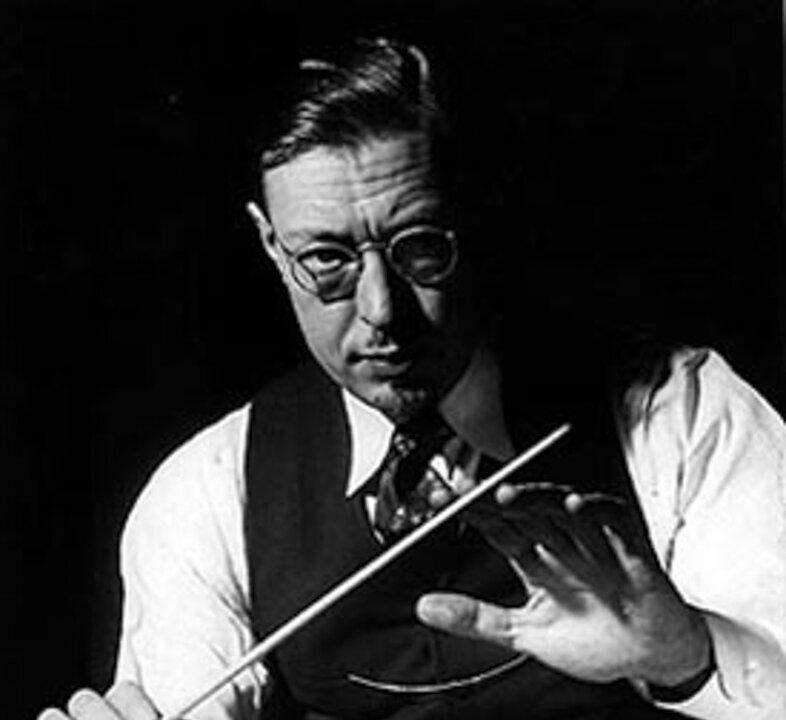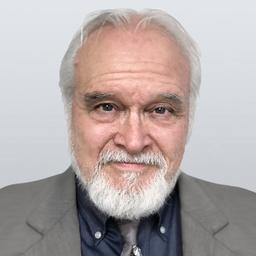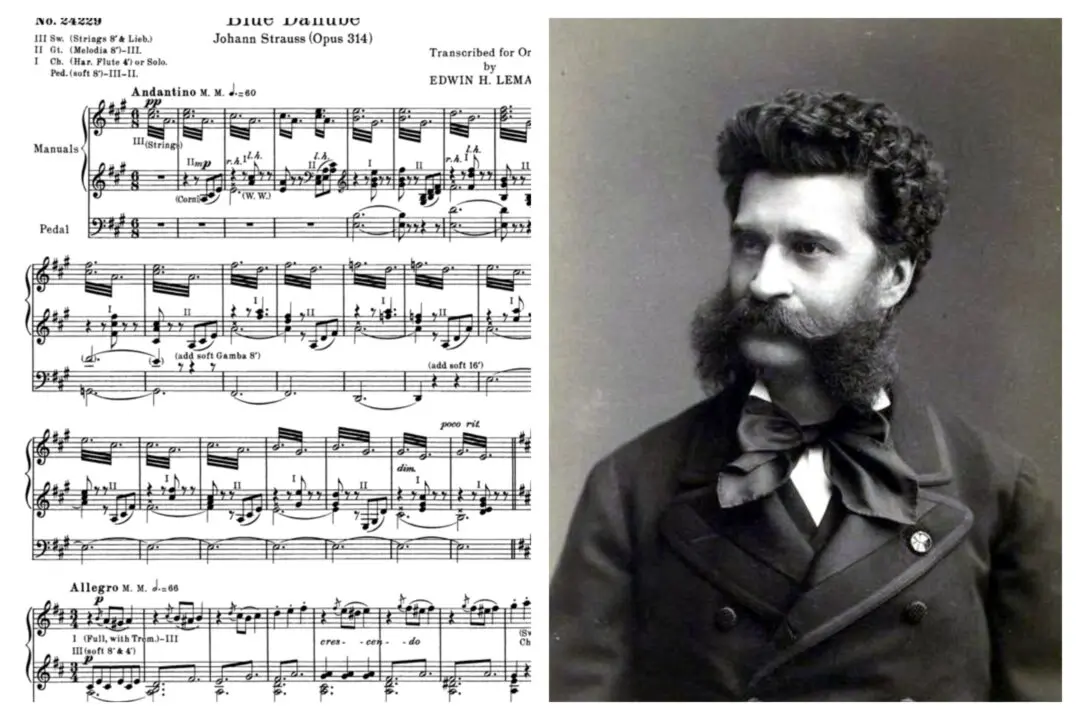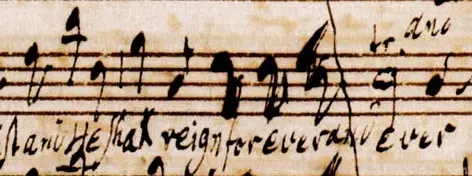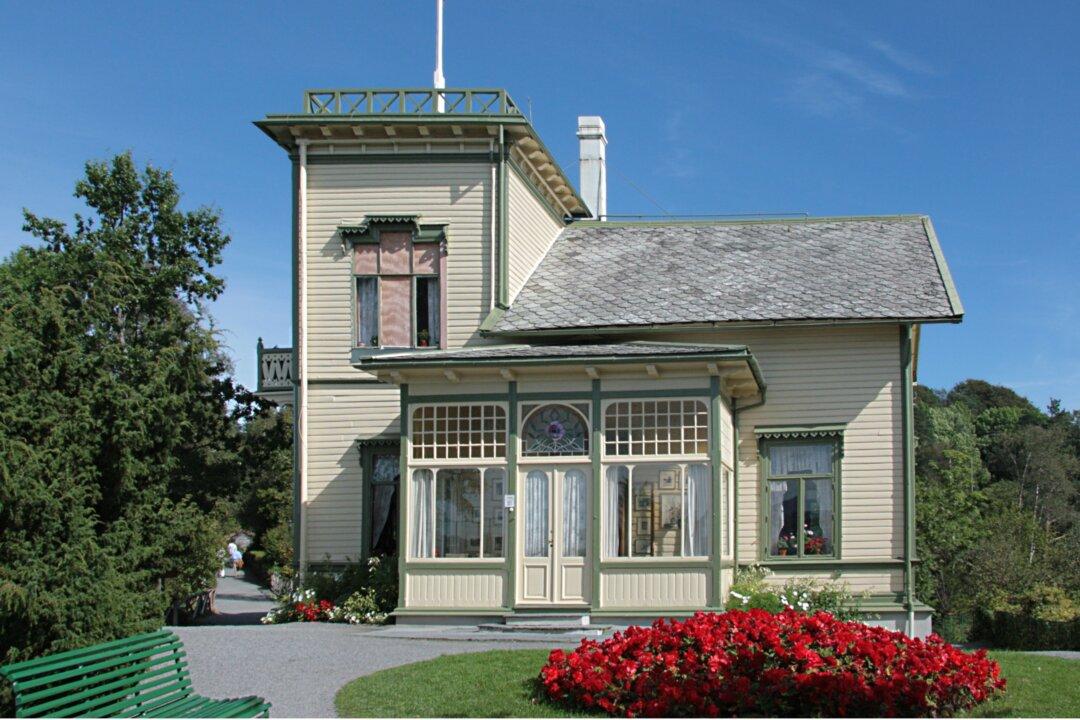He wrote one of the most widely performed symphonies of the early 20th century but is virtually forgotten today. American composer Howard Hanson (1896–1981) was a self-professed Romantic whose works richly deserve to be revived and restored to global musical consciousness.
By “self-professed,” I refer to the title Hanson gave his Symphony No. 2, “Romantic,” which he composed on commission from the Boston Symphony Orchestra for its 50th anniversary. During the years he wrote it, from 1928 to 1930, Hanson was in the early years of a lifelong project: the directorship of the Eastman School of Music in Rochester, New York.

